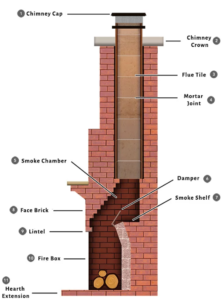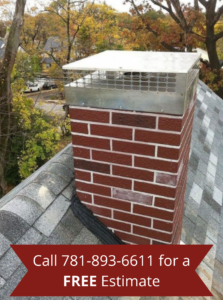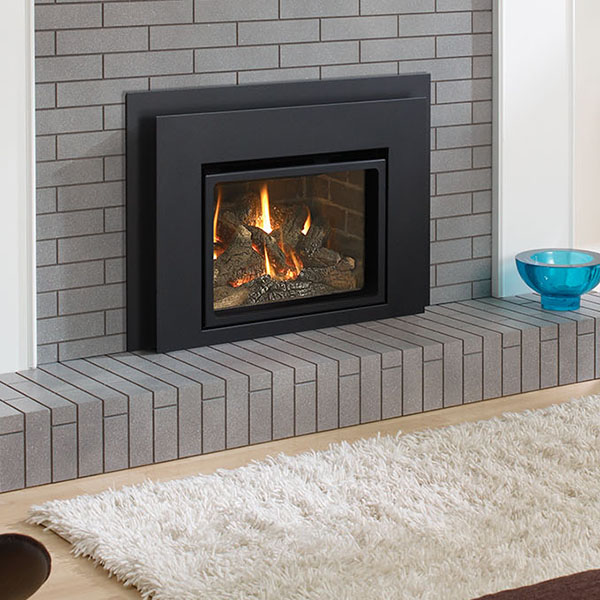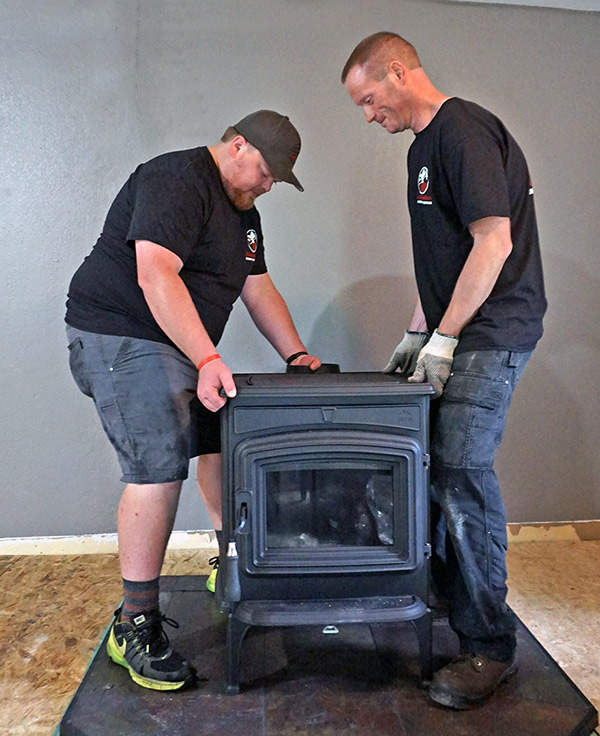Restoring “Original” Fireplace Openings in Older Homes
It is like finding hidden treasure when a concealed original fireplace is discovered in an old home. Homeowners seek to restore the historical architecture or put the fireplace back into use with a more updated remodel. Either way, restoring old fireplaces that have long been out of commission is a welcome opportunity for renovators and designers alike. Chimney experts also have an important role in reviving old fireplaces. Read on to learn more.
Why Were Old Fireplaces Enclosed?
Fireplaces were once essential heat sources. When central heating came along in the late 1950s, many fireplaces were put out of commission and sealed behind walls. The alternative was to waste the space with an undesirable relic. Who knew such fireplaces would one day be considered hot commodities?
Chimneys and Structural Issues
If the wall that covered your old fireplace was a complete rebuild, it could be important to consult an expert on structural soundness. If, for instance, the lintel is cracked or missing, knocking through the wall could potentially cause its entire collapse.
The chimney may have been removed, as was a common practice when sealing off fireplaces. Look in the attic or loft for evidence of a chimney or former chimney. It is essential to have a proper chimney and flue in good condition before using a fireplace. If a chimney rebuild is needed, be sure to contact expert chimney masons.
Fireplace Openings Range in Size
The original style and design of an old home often dictates the size of the fireplace opening or “builder’s opening.” In early America, from the 1600s through 1700s, fireplaces were typically walk-ins with a deep, wide, open recess. The openings in pre-Georgian homes were not as big but still quite large. Builder’s openings were as small as a modest three square feet in humble Victorian homes, and even smaller fireplace openings can be found in some houses. In the popular Bungalow style homes built starting in the 1900s, large fireplaces with built-in shelves, benches, or cabinetry were common.
Rumford Fireplaces
A breakthrough in fireplaces came with the invention of the Rumford fireplace. Benjamin Thompson, born in 1753 in Massachusetts, introduced the Rumford in a lengthy essay published under the moniker Count Rumford. The purpose of the fireplace was, essentially, to reduce the amount of smoke in homes while also providing more heat. His invention fulfilled its purpose! Rumford fireplaces took off quickly in popularity, perhaps thanks largely to Thomas Jefferson. He had eight Rumford fireplaces installed in Monticello, his incredible estate that continues to be a popular destination for history lovers.
If there is a Rumford fireplace in your old home, you are in possession of a style currently in revival. Although Rumford fireplaces are quite shallow, they are being recreated or restored in many homes throughout the U.S., where building codes allow. More modern fireplaces are deeper than the Rumford because it is safer to have more space for firewood to roll from a fire without escaping onto the hearth floor.
Call Northeastern Chimney LLC to Put Safety First
At Northeastern Chimney LLC in West Hartford CT, we care about our customers. Contact us for a chimney inspection before using your restored fireplace and chimney system. Each of our chimney sweeps is a CSIA-certified expert in chimneys, including chimney masonry. Give us a call for a chimney rebuild, whether for your restored fireplace or a more contemporary chimney system. We also provide reliable chimney cleaning, chimney maintenance, and chimney repairs. Because we are dedicated to providing the best in chimney services, homeowners throughout the area entrust the safety of their old and new chimney systems to us. Contact us at Northeastern Chimney today by calling 860-233-5770.
This post first appeared on https://www.mychimney.com





 Chimney Fires
Chimney Fires Addressing Chimney Damage
Addressing Chimney Damage Chimneys are needed for not only fireplaces, b
Chimneys are needed for not only fireplaces, b
 Chimney Flue
Chimney Flue


 Buying a new fireplace, stove or insert
Buying a new fireplace, stove or insert Heating unit installation
Heating unit installation